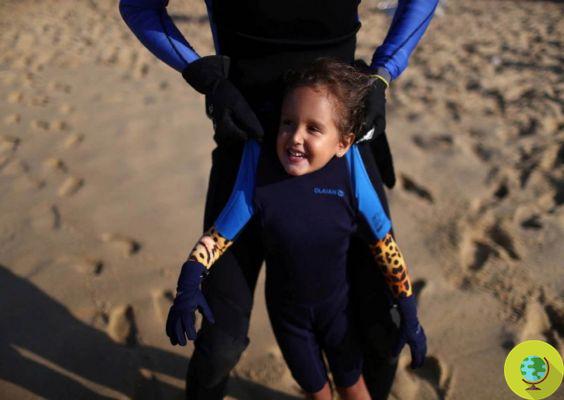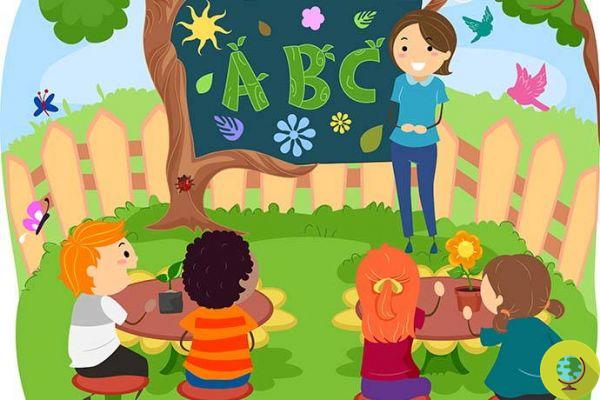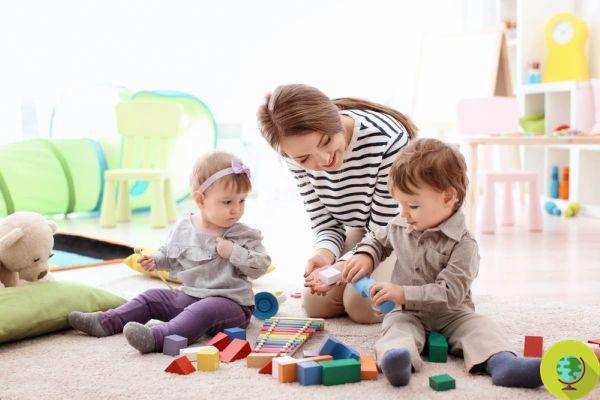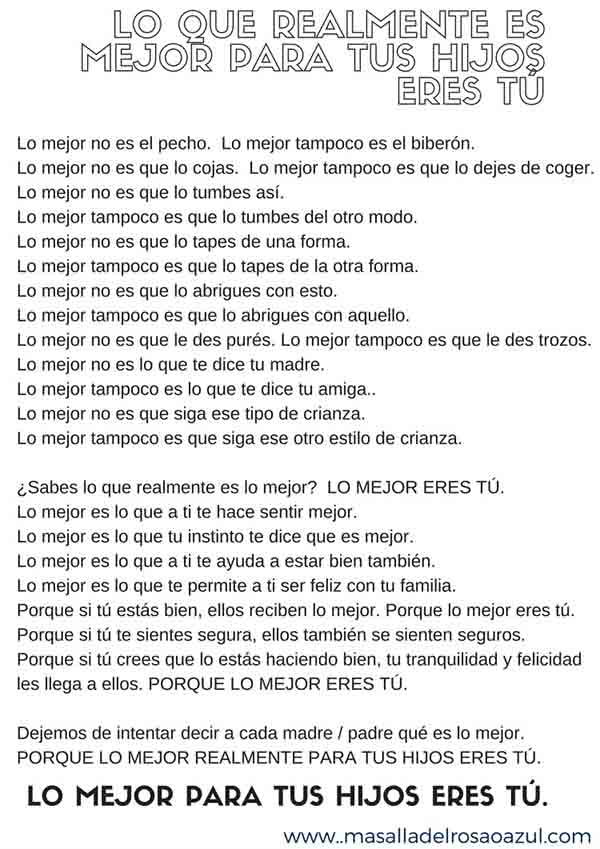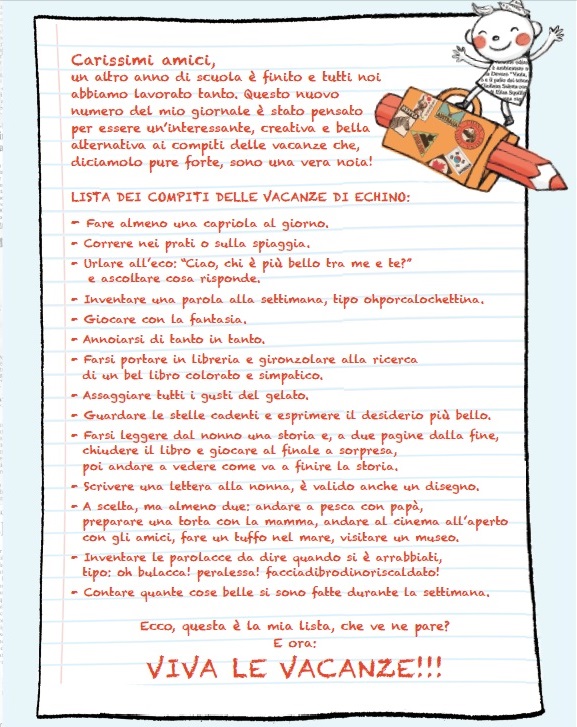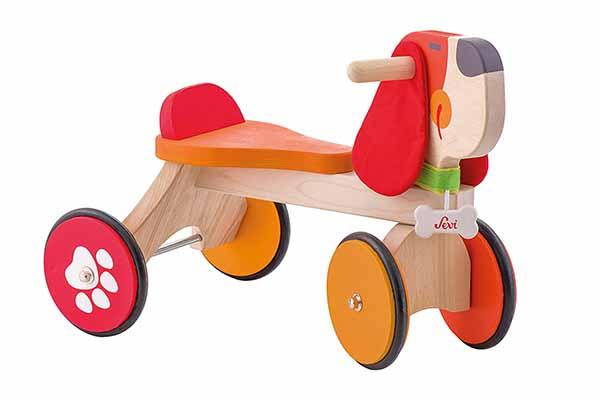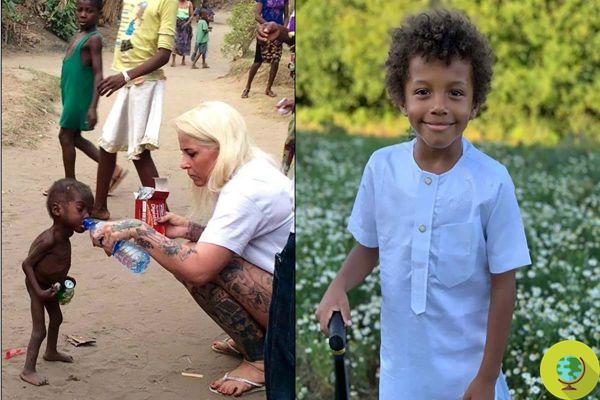We care about many aspects of our children's lives. Among the most important things not to be underestimated is that of transporting them in total safety not only on foot but also by car and bicycle. Here's what's important to know about it ...
Don't store avocado like this: it's dangerousWe care about many aspects of our children's lives. Among the most important things not to be underestimated is that of transport them in total safety not only walking but also by car and by bicycle. Here's what's important to know about it ...
Children, especially young ones, can easily get out of our walking control and are exposed to great risks if transported incorrectly by car or bike. By the way, there are laws to follow (some recently modified) that ensure our children greater safety when traveling.
Let's see what to pay attention to:
Index
By car
The legislation wants children up to 36 kg (or under 150 cm in height) are placed on special child seats. There are different age groups, approved based on the weight and height they can support. There are those up to 18 kg and adapters (from 18 to 36 kg), divided by weight into 5 groups.
As for newborns, up to 9 kg they must travel in a seat belt in the carrycot or in the car seat well fixed to the rear seats in the opposite direction to that of travel. Over 9 kg, children continue to stay in the same seat but can be turned in the direction of travel. Over 36 kilos or one and a half meters in height, children can be placed directly on the seat with the seat belt fastened. The belts must always be snug so that no more than one finger passes.
La regulation R44 / 04 in force since this year also provides that children under 125 centimeters in height must obligatorily use a riser with backrest. These devices are considered safer as they provide greater protection in the event of an accident, as the seat belt is better positioned on the child's shoulders.
However, the fundamental recommendation remains that of never leave children unattached even if you make a few meters by car or a path that is apparently not dangerous. We must not be convinced even by tears or whims.
Then remember to do not put the seat in front if there is a front airbag, to avoid distracting yourself while driving and to always close the doors properly by activating the central locking so that the child cannot open them during the journey. Finally, it is better not to let the little ones eat in the car, it could become dangerous in the event of an accident.
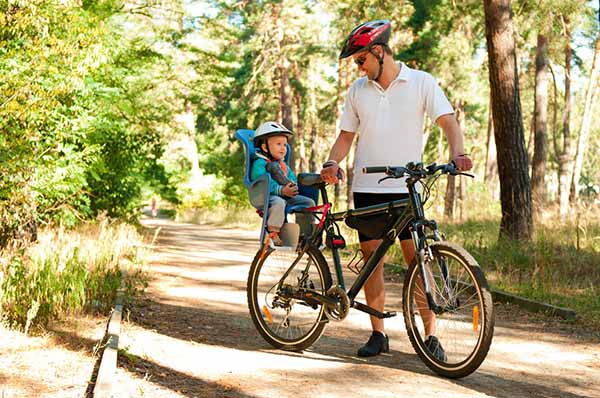
By bike
Children who are carried by bicycle must it is compulsory to be seated in a special approved child seat which can be fixed on the front or back of the bike. The seats are classified according to the weight of the child and precisely to the area in which they are fixed:
Rear seat: carries from 9 to 22 kg
Front seat: carries from 9 to 15 kg
Children generally prefer the one that offers them the best view (i.e. the front seat) but this is mainly suitable for the little ones also because, once a certain height is exceeded, it would become uncomfortable and potentially dangerous both for the child and for those who ride the bike. . Indeed, it is fundamental that the driver's vision is not obstructed and his ability to maneuver is not limited.
The rear seats are larger and can carry children up to about 5 years of age (however never more than 8).
All child seats must meet the requirements of the EN 14344 standard (you will find this wording clearly visible on the device you purchase). It is important to choose a quality one that must have backrest, fastening and safety system and foot protection device, all adjustable according to the height of the child.
Babies can be transported by bike from the moment they learn to sit well on their own (around 9 months). Get yourself a helmet so that even in the event of an accident or fall, your little one's head is well protected!
When the child is a little older you can also use the trolley that attaches behind the bike, the little ones will surely appreciate!
On foot
Teach them from an early age the meaning of traffic lights and pedestrian crossings as well as the good habit of looking from both sides of the road before crossing and shaking hands with the adult accompanying them.
If you bring them in the stroller, always tie them with the appropriate belts to prevent them from getting off independently (especially if they are already walking). The European regulation UNI-EN 1888:2005.
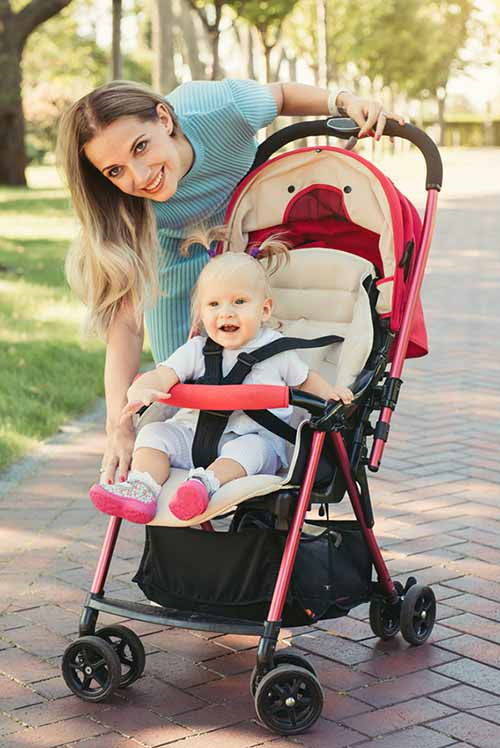
Il Weight Limit of most strollers on the market is 15 kilos, if equipped with a transport platform then it reaches 20. The limit must however be indicated by the manufacturer in the instruction manual of the stroller together with other useful information. All models must be equipped with a braking system to be operated comfortably with the foot e seat belts to be connected with two independent hooks.
According to the age of the children, they are distinguished strollers that can be used from 0 to 6 months and others suitable only from 6 months onwards. The materials with which they are made can be different but they must all be easily washable in order to facilitate hygiene.
A great safe and comfortable alternative to the stroller is to carry babies or small children in headband or pouch, in this way, among other things, you can also reach places that are difficult to access with the stroller and you will have your hands free to do many things. The sling is suitable from the first days of life while to use the baby carriers (we recommend that they are ergonomic) you have to wait for the baby to reach at least 7 kg.

On the safe transport of children you may also be interested in:
- Car seats: 10 safety tips according to the new regulations
- Car seats: how the legislation changes in 2017
- Babywearing: 10 Benefits of Carrying Babies in Swaddling Babywearing: 10 Benefits of Carrying Babies in Swaddling
Always put the safety of children first. A distraction can be very expensive ...






